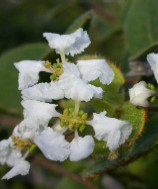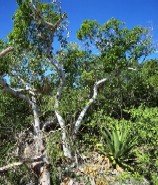UK Overseas Territories
- Home
- UK
Overseas Territories
- Biodiversity
- Threats
- Kew's historical links
- Ascension
- Anguilla
- Bermuda
- British Antarctic Territory
- British Indian Ocean Territory
- British Virgin Islands
- Cayman Islands
- Falkland Islands
- Gibraltar
- Montserrat
- Pitcairn Islands
- South Georgia
- Sovereign Base Areas on Cyprus
- St Helena
- Tristan da Cunha
- Turks and Caicos Islands
- Conservation activities
- Capacity Building
- Community involvement
- Links
- Contacts
UK Overseas Territories Programme
British Virgin Islands: The Territory |
||
 |
The 40 islands
that make up the British Virgin Islands are situated in the eastern
Caribbean, some 96 km to the east of Puerto Rico. |
|
Biodiversity – plants and animals |
|
| Dry evergreen forest,
which was once the predominant vegetation on islands of the Puerto
Rican bank (BVI, together with Puerto Rico and the US Virgin Islands),
still occurs in patches on most of the islands |
|
Threats to biodiversity |
| In the past much of the islands’
vegetation was cleared to make way for sugar cane farming. |
Unique species: Metastelma anegadense |
||
| This plant is unique to the sand dunes of Anegada. It twines itself tightly around the shrubs that cover the area. One of Anegada’s school children rediscovered a long-lost local name for Metastelma; it was once called wire wist because people used its strong flexible stems as string. The photogram of Metastelma twined round the orchid Psychilis macconnelliae was created by Angela Easterling to highlight Anegada’s fascinating plants. |
||
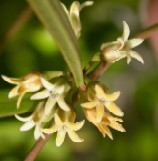 |
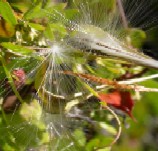 |
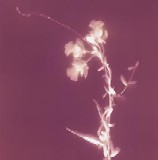 |
Find out more about:Kew's activities in BVI, past and present: BVI's biodiversity: |


